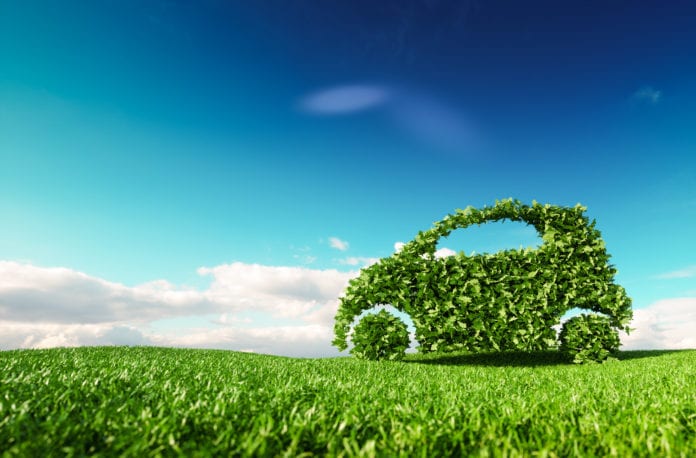There are some things you can’t do a lot about. Insurance is always going to be expensive for inexperienced drivers, it never fails to rain the day after you’ve cleaned your car, and the lights will always turn red when you’re running late. But don’t put fuel bills on that list. By using eco-driving techniques, you can cut the cost of fuelling your car.
Eco-driving is easy to do. There really is no downside to driving economically.
So, eco-driving – how is it done?
- Drive smoothly, with no hard braking or accelerating.
- Read the road ahead, so you can anticipate the need to slow down or speed up.
- Don’t rev the engine unnecessarily and change gear early. This will vary a bit from car to car, but as a rule of thumb try to change up at 2000rpm.
- Stick to speed limits – sitting at 80mph uses a lot more fuel than cruising at 70mph.
- Don’t warm up the engine for ages before setting off in the morning. This is a big eco-driving no-no, as it will waste fuel.
- If the weather is mild rather than hot or cold, don’t always use the air conditioning. Air con increases fuel consumption.
- Don’t open windows at high speed; it increases drag, and more drag means worse fuel economy.
- Keep your car serviced properly, to maintain engine efficiency.
- If you are stuck in a traffic jam and haven’t moved for a while, turn off your engine.
- Fuel prices at the pumps can vary significantly – so shop around.
- Try to avoid driving for short journeys; the first two miles use up to 100% more fuel. Walk or cycle instead.
- Don’t leave junk in your car. It adds weight, and the heavier the car the more fuel it will use.
- Maintain tyre pressures; underinflated tyres use more fuel and need replacing more regularly.
- If possible, travel at quieter times; getting stuck in jams is inefficient.
- Plan your route, so you don’t cover unnecessary miles. Some sat navs have an eco setting that chooses a fuel-efficient route.
- Reduce drag by not sticking things on the roof or tailgate, if they’ll go inside the car.
Are there any other upsides to eco-driving?
Yes, there are. Take a look through many of the eco-driving tips we’ve listed, and you’ll find they encourage you to drive smoothly and carefully while obeying the speed limit. That’s exactly the kind of driving that scores highly with black-box insurance companies. So eco-driving can save you money twice – once at the pumps, and again when you pay your insurance premium.


